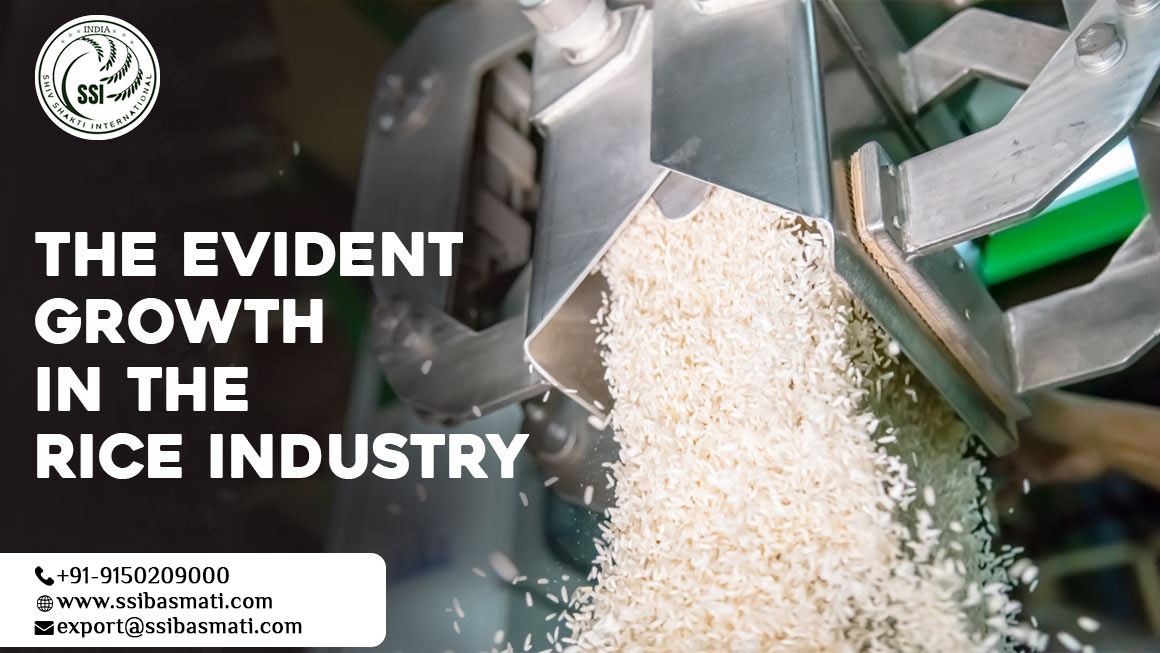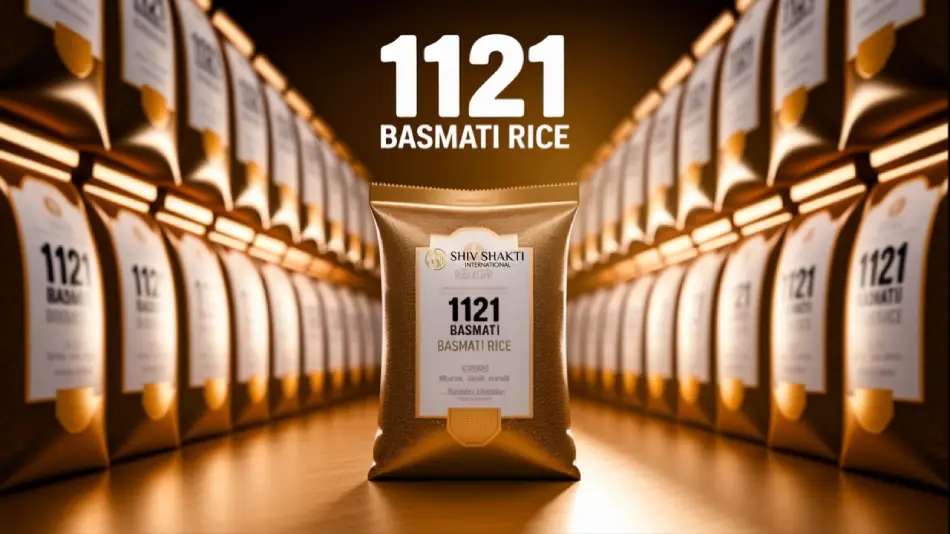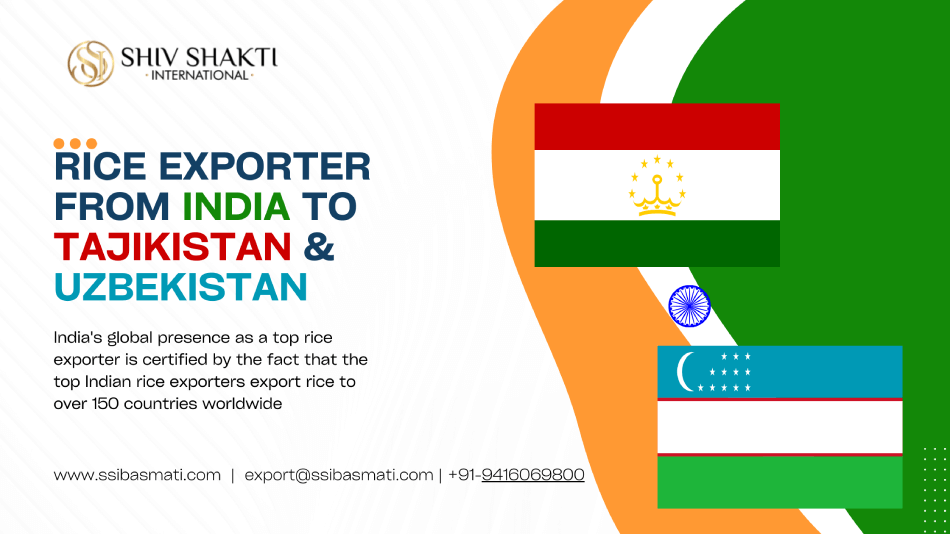
Many researchers don't have a good understanding of the rice business. It has been established that processors make an effort to meet consumer preferences. The agricultural production industry provides the raw materials to the processors. On the other hand, the political policy typically distorts this supply-demand system. Consumers desire a steady supply of high-quality rice products at affordable costs from the Rice Company in India, farmers want the most excellent prices for their harvest, and processors and traders need to make ends meet in between.
The government's strategy in the interim is to import cheap rice for consumers while maintaining a high local farm gate price and allowing the market to determine how to process the paddy. Private business owners aren't mainly motivated to invest in more efficient processing technology because of this uncertainty. Public sector research must supply the technology to small enterprises in many nations where large businesses have avoided the rice processing industry.
Reasons to start a rice business
- · Stable demand throughout the year.
- · Widespread reach as a result of the large customer base
- · Exporting opportunities as a result of an ever-expanding customer base overseas
- · There is a significant demand for rice products both in India and abroad.
The Effect of Rice on the world economy
For the many small farmers of Basmati Rice Company in India, who grow it on billions of acres around the region, rice is also the most significant crop. It is also the most significant crop for many landless people who make a living by working on these farms. Future rice output must increase as swiftly as the population, if not more quickly. Rice research that creates new technology for all farmers can meet this need and contribute to global efforts to reduce poverty.
Agriculture population densities on Asia's rice-growing lands are some of the highest on the planet and are increasing at an astounding rate. Food-producing resources are already under strain as a result of rapid population growth as well.
The nutrient content of rice
Because of its high carbohydrate load and nutrient richness, rice is a staple grain that gives you rapid energy (starch). Contrarily, rice is viewed as a balanced food since it contains very little nitrogen-containing matter (only 8% on average) and very little fat (or lipids). Rice flour, which has much starch, is used to make various meals. Brewers can occasionally utilize it to make alcoholic malt. Ceramic, glass, and porcelain items can also be made from rice straw and other materials. Rice is also used to make paper pulp and bedding for animals.
Uses for Medicine
The diverse rice germplasm may be used to produce a wide range of rice-based products and is also used to cure several diseases, including gastritis, hypoglycemia, rheumatism, paralysis, and seizures. Additionally, it gives women expecting or breastfeeding a stronger sense of self. Ancient Ayurvedic literature claims that several rice varietals grown in India have healing and rejuvenating properties. Brands such as Shiv Shakti International produce high-quality rice and supply it to the whole of India.






